Goodsell Observatory
Ben Weiss
On June 2, 2010, student pranksters transformed Goodsell Observatory into a giant replica of R2D2 (a character from the acclaimed Star Wars universe). Using a virtual scale model of Goodsell for precise measurements, the students painted butcher paper and bedsheets blue, black, and red, and attached them directly to the observatory. Photos and videos of the stunt went viral across the Internet, appearing on the Chronicles of Higher Education and Gawker’s io9 science fiction blog.
The students’ prank continues a long tradition of Carleton community members viewing Goodsell Observatory as a physical connection to space and “the great beyond.” William Wallace Payne, the founder of Carleton’s astronomy program, stated at the 1886 celebration of the laying of the new observatory’s cornerstone that “the methods of modern science” are for “revealing the harmonies of his sovereign divine will.”
Payne’s devotion to Carleton’s astronomy curriculum helped establish Goodsell Observatory as one of the premier institutions of its kind in the United States. Named for one of Carleton’s founders, Deacon Charles M. Goodsell, the Romanesque observatory was completed in 1889 and soon set time for all major railroads from Chicago to Seattle. Its astronomical photographs were highly sought, and Payne’s published astronomy journals (the Sidereal Messenger, Astronomy and Astrophysics, and Popular Astronomy) were considered some of the best in the country.
Goodsell Observatory’s tenure as a leading institution in astronomy was eventually eclipsed in the mid-twentieth century by the rise of observatories with larger telescopes situated high atop mountains. Yet, its importance to college life has not diminished. Astronomy classes still use the building for laboratory studies, and the observatory holds a monthly open house where students and Northfield residents alike can more closely observe the moon, Jupiter, Saturn (and maybe even catch a glimpse of R2D2).
Goodsell’s Larger Telescope
When first installed, the observatory’s telescope was the sixth largest in the United States, and twelfth largest in the world.
R2D2 Makes an Appearance
Although student pranksters left a note promising that Goodsell “will magically revert to its original form if left alone”, facilities workers quickly restored the observatory to its original state.
William Wallace Payne
One student complimentarily (and cleverly) stated in regards to William Wallace Payne that, “One never knew pleasure who never knew Payne”.
Charles M. Goodsell
One of the founders of Carleton College, Charles M. Goodsell donated the first ten acres of what would grow into the 1,040 acres Carleton College now occupies.
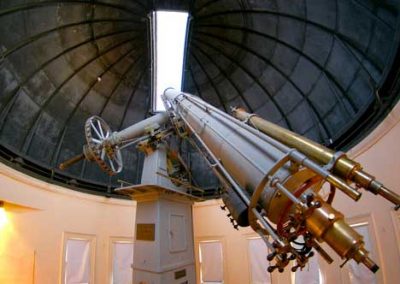
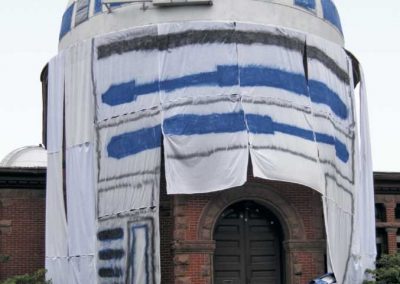
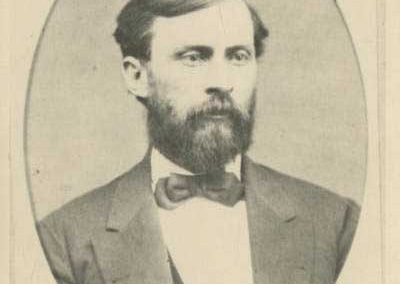
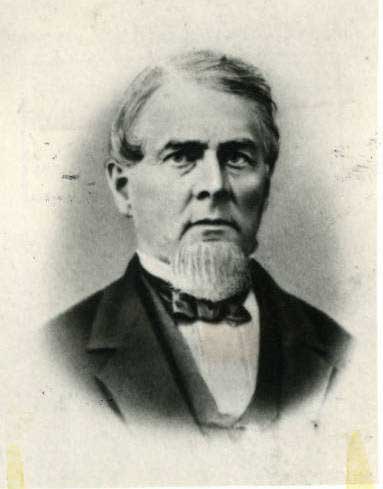
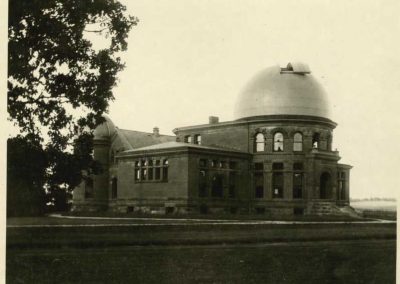
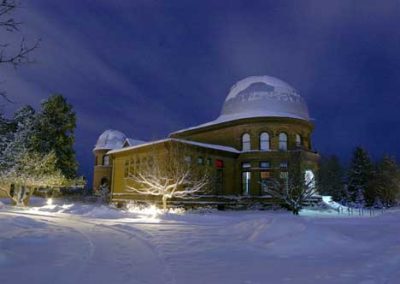
Recent Comments